Monte Carlo Simulation-Based Risk Assessment for Unmanned Ground Equipment Taxiing Guidance
DOI: 10.23977/jeis.2024.090204 | Downloads: 32 | Views: 1616
Author(s)
Qing Zhao 1, Tianxiong Zhang 1, Dezhou Yuan 1, Xinping Zhu 1
Affiliation(s)
1 Air Traffic Management College, Civil Aviation Flight University of China, No. 46, Section 4, Nanchang Road, Guanghan, Sichuan, China
Corresponding Author
Xinping ZhuABSTRACT
Due to the potential safety hazards such as incorrect or missed aircraft guidance caused by human-operated guiding, the introduction of unmanned guiding vehicles can effectively reduce these unsafe events. However, the risks associated with unmanned driving guiding vehicles in the process of guiding aircraft taxiing have not yet been thoroughly and quantitatively studied. This paper collects the kinematic parameters of the unmanned driving guiding vehicle during the process of guiding manned aircraft, applies Monte Carlo simulation to generate a dataset of simulated operational processes that cover the entire taxiing guidance process, and introduces three major risk assessment indicators based on the motion process between the unmanned driving guiding vehicle and the manned aircraft during the taxiing guidance process. Through the normalization function of risk evaluation indicator weights and based on the Gaussian distribution that satisfies the normal distribution, a qualitative evaluation of risk levels is conducted based on quantifiable actual operational processes. The results show that quantifiable risk assessment indicators can provide risk evaluation results with stronger real-time reference and offer operable solutions for risk avoidance.
KEYWORDS
Unmanned vehicle, Aircraft, Monte Carlo Simulation, Gaussian Distribution, Risk AssessmentCITE THIS PAPER
Qing Zhao, Tianxiong Zhang, Dezhou Yuan, Xinping Zhu, Monte Carlo Simulation-Based Risk Assessment for Unmanned Ground Equipment Taxiing Guidance. Journal of Electronics and Information Science (2024) Vol. 9: 23-33. DOI: http://dx.doi.org/10.23977/10.23977/jeis.2024.090204.
REFERENCES
[1] Sohrabi S, Khodadadi A, Mousavi SM, Dadashova B, Lord D. Quantifying the automated vehicle safety performance: A scoping review of the literature, evaluation of methods, and directions for future research. Accident Analysis & Prevention. 2021;152:106003.
[2] Tanaka M, Hiraoka T, Takeuchi S, Kumamoto H, Izumi T, Hatanaka K. Forward obstacle collision warning system based on deceleration for collision avoidance. Transactions of Society of Automotive Engineers of Japan. 2009; 40(2):553-559.
[3] Washington A, Clothier RA, Silva J. A review of unmanned aircraft system ground risk models. Progress in Aerospace Sciences. 2017;95:24-44.
[4] Clothier RA, Walker RA. The safety risk management of unmanned aircraft systems. Handbook of unmanned aerial vehicles. 2015:2229-2275.
[5] Bagschik G, Reschka A, Stolte T, Maurer M, editors. Identification of potential hazardous events for an unmanned protective vehicle. 2016 IEEE Intelligent Vehicles Symposium (IV); 2016: IEEE.
[6] Dursun M, Cuhadar I. Risk based multi criteria decision making for secure image transfer between unmanned air vehicle and ground control station. Reliability Engineering & System Safety. 2018;178:31-39.
[7] Zhang T, Zhu X, Li J, Chen H, Li Z. Research on conflict detection model for taxi‐in process on the apron based on aircraft wingtip keypoint detection. IET Intelligent Transport Systems. 2023;17(5):878-896.
[8] Zhang T, Zhang Z, Zhu X, Chen B, Li J, Zhong Y. Aircraft engine danger areas incursion detection using keypoint detection and IoT. Alexandria Engineering Journal. 2024;93:7-21.
[9] Primatesta S, Rizzo A, la Cour-Harbo A. Ground risk map for unmanned aircraft in urban environments. Journal of Intelligent & Robotic Systems. 2020;97:489-509.
[10] Zhang T, Zhang Z, Zhu X. Detection and Control Framework for Unpiloted Ground Support Equipment within the Aircraft Stand. Sensors. 2023;24(1):205.
[11] Coben JH, Vaca F, Garrison HG, McKay MP, Gotschall CS. National Highway Traffic Safety Administration (NHTSA) Notes. Annals of emergency medicine. 2006;47(6):574-575.
[12] Shalev-Shwartz S, Shammah S, Shashua A. On a formal model of safe and scalable self-driving cars. arXiv preprint arXiv:170806374. 2017.
[13] Ahangar MN, Ahmed QZ, Khan FA, Hafeez M. A survey of unmanned vehicles: Enabling communication technologies and challenges. Sensors. 2021;21(3):706.
[14] Elmahjub E, Qadir J. How to program unmanned vehicle (AV) crash algorithms: an Islamic ethical perspective. Journal of Information, Communication and Ethics in Society. 2023;21(4):452-467.
[15] Yang K, Yang H, Zhang J, Kang R. Safety and Efficiency Evaluation Model for Converging Operation of Aircraft and Vehicles. Aerospace. 2023;10(4):343.
[16] Li Q, Li B, Wang N, Li W, Lyu Z, Zhu Y, et al., editors. Human-machine interaction efficiency factors in flight simulator training towards Chinese pilots. International Conference on Applied Human Factors and Ergonomics; 2021: Springer.
[17] Jharko E, Abdulova E, Iskhakov A, editors. Unmanned vehicles: Safety management systems and safety functions. International Conference on Futuristic Trends in Networks and Computing Technologies; 2020: Springer.
[18] Morgenthal G, Hallermann N. Quality assessment of unmanned aerial vehicle (UAV) based visual inspection of structures. Advances in Structural Engineering. 2014;17(3):289-302.
[19] Outay F, Mengash HA, Adnan M. Applications of unmanned aerial vehicle (UAV) in road safety, traffic and highway infrastructure management: Recent advances and challenges. Transportation research part A: policy and practice. 2020; 141: 116-129.
| Downloads: | 13909 |
|---|---|
| Visits: | 590370 |
Sponsors, Associates, and Links
-
Information Systems and Signal Processing Journal
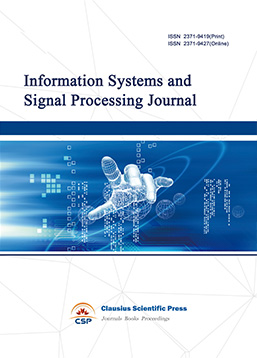
-
Intelligent Robots and Systems
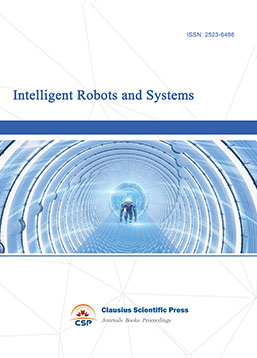
-
Journal of Image, Video and Signals
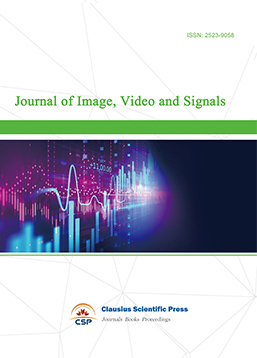
-
Transactions on Real-Time and Embedded Systems
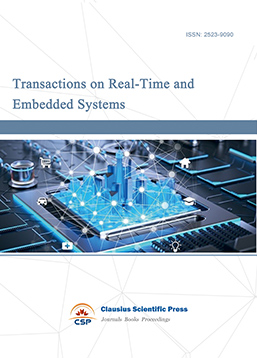
-
Journal of Electromagnetic Interference and Compatibility
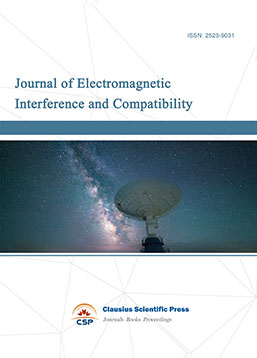
-
Acoustics, Speech and Signal Processing
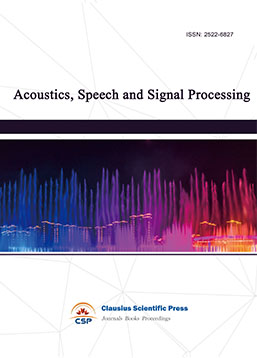
-
Journal of Power Electronics, Machines and Drives
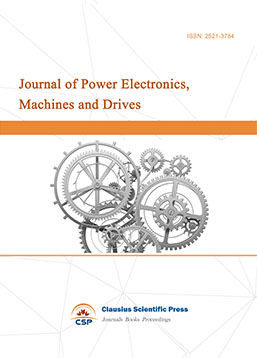
-
Journal of Electro Optics and Lasers
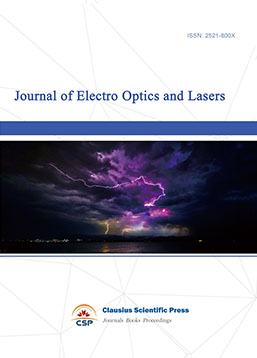
-
Journal of Integrated Circuits Design and Test
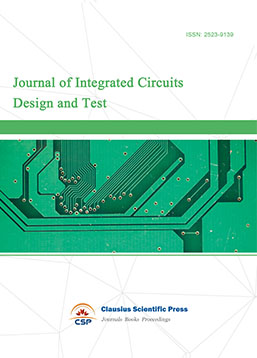
-
Journal of Ultrasonics
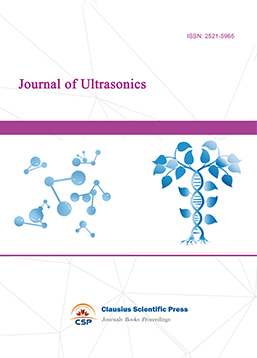
-
Antennas and Propagation
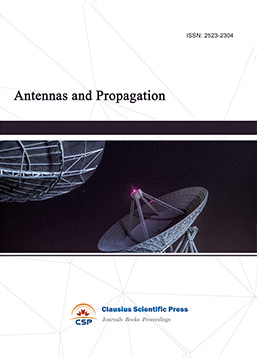
-
Optical Communications
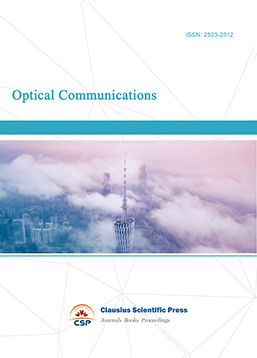
-
Solid-State Circuits and Systems-on-a-Chip
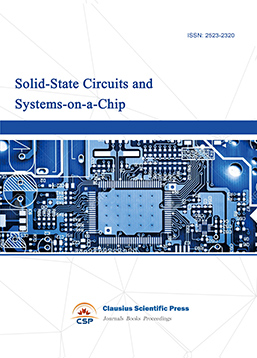
-
Field-Programmable Gate Arrays
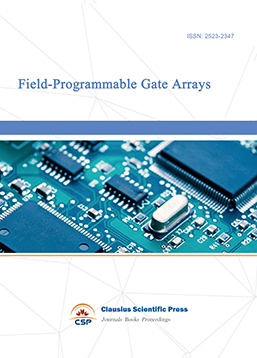
-
Vehicular Electronics and Safety
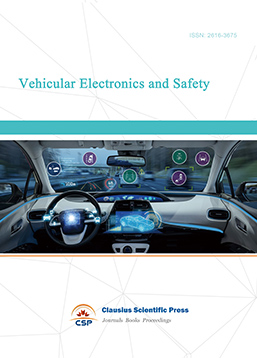
-
Optical Fiber Sensor and Communication
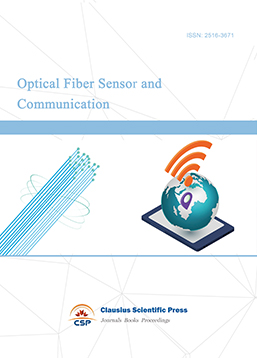
-
Journal of Low Power Electronics and Design
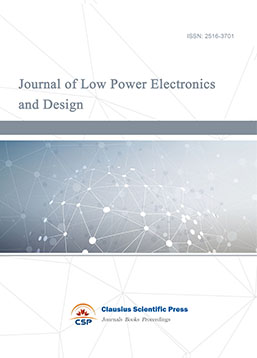
-
Infrared and Millimeter Wave
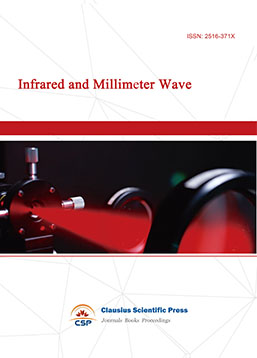
-
Detection Technology and Automation Equipment
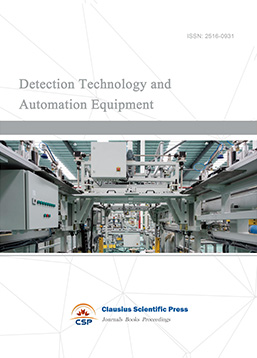
-
Journal of Radio and Wireless
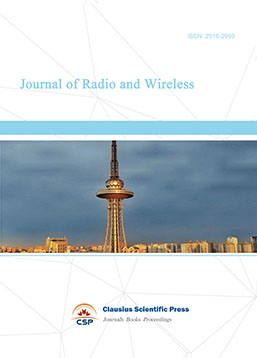
-
Journal of Microwave and Terahertz Engineering
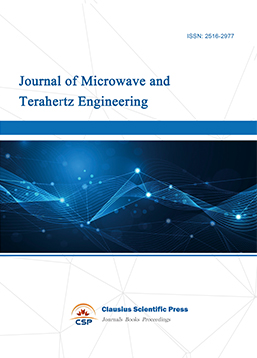
-
Journal of Communication, Control and Computing
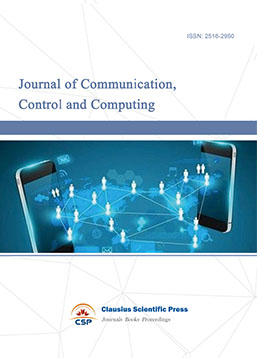
-
International Journal of Surveying and Mapping
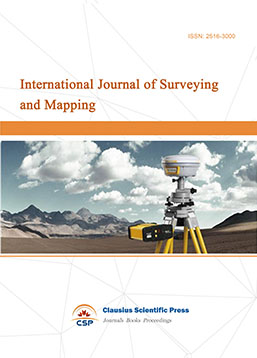
-
Information Retrieval, Systems and Services
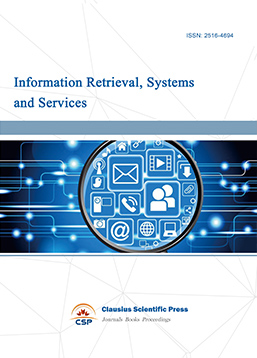
-
Journal of Biometrics, Identity and Security
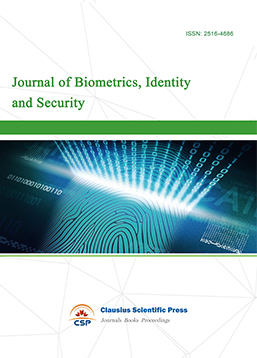
-
Journal of Avionics, Radar and Sonar
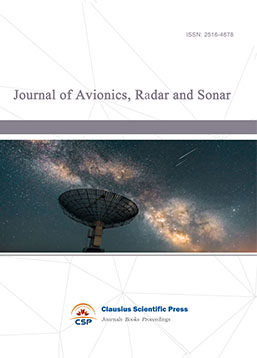

 Download as PDF
Download as PDF